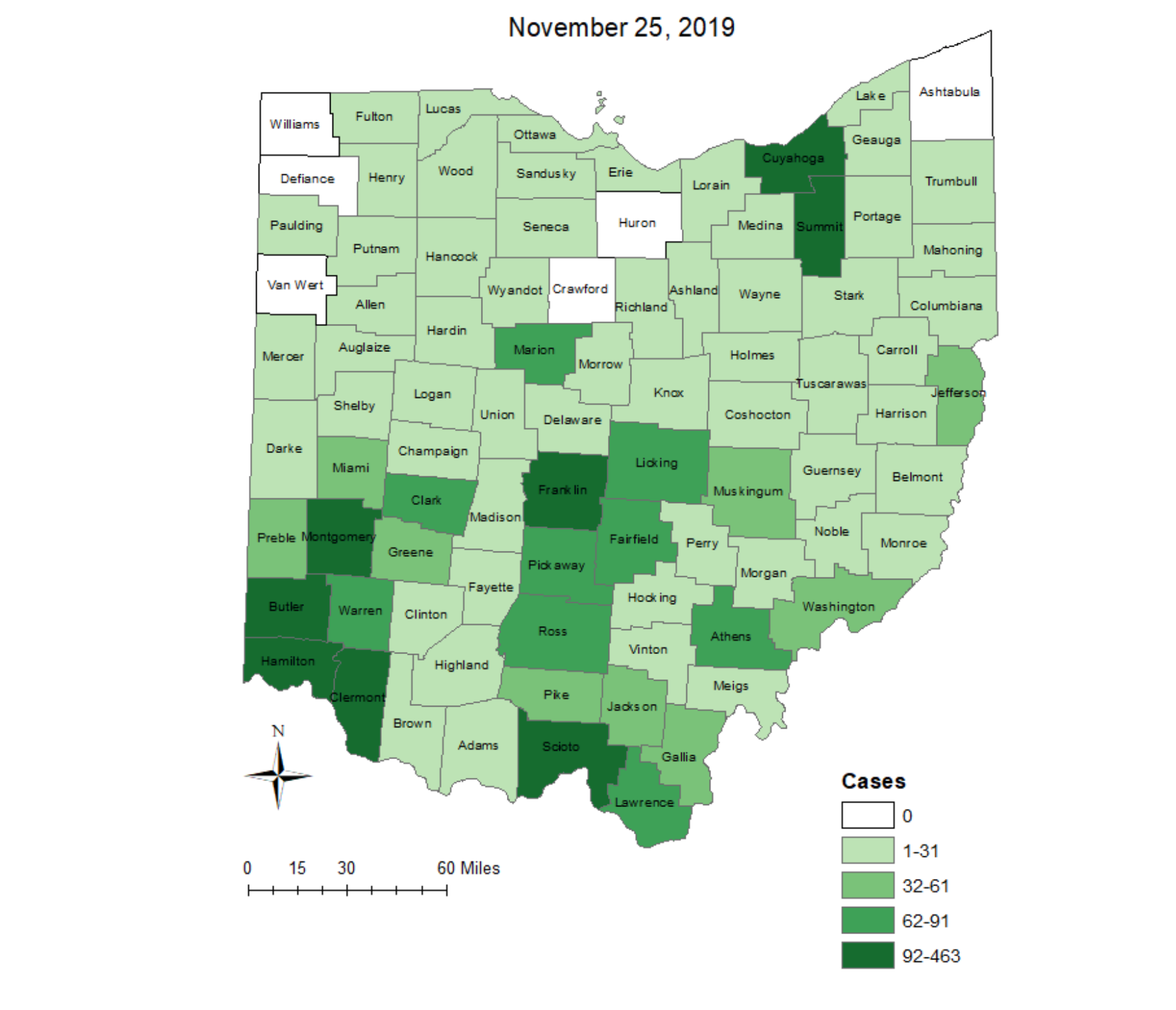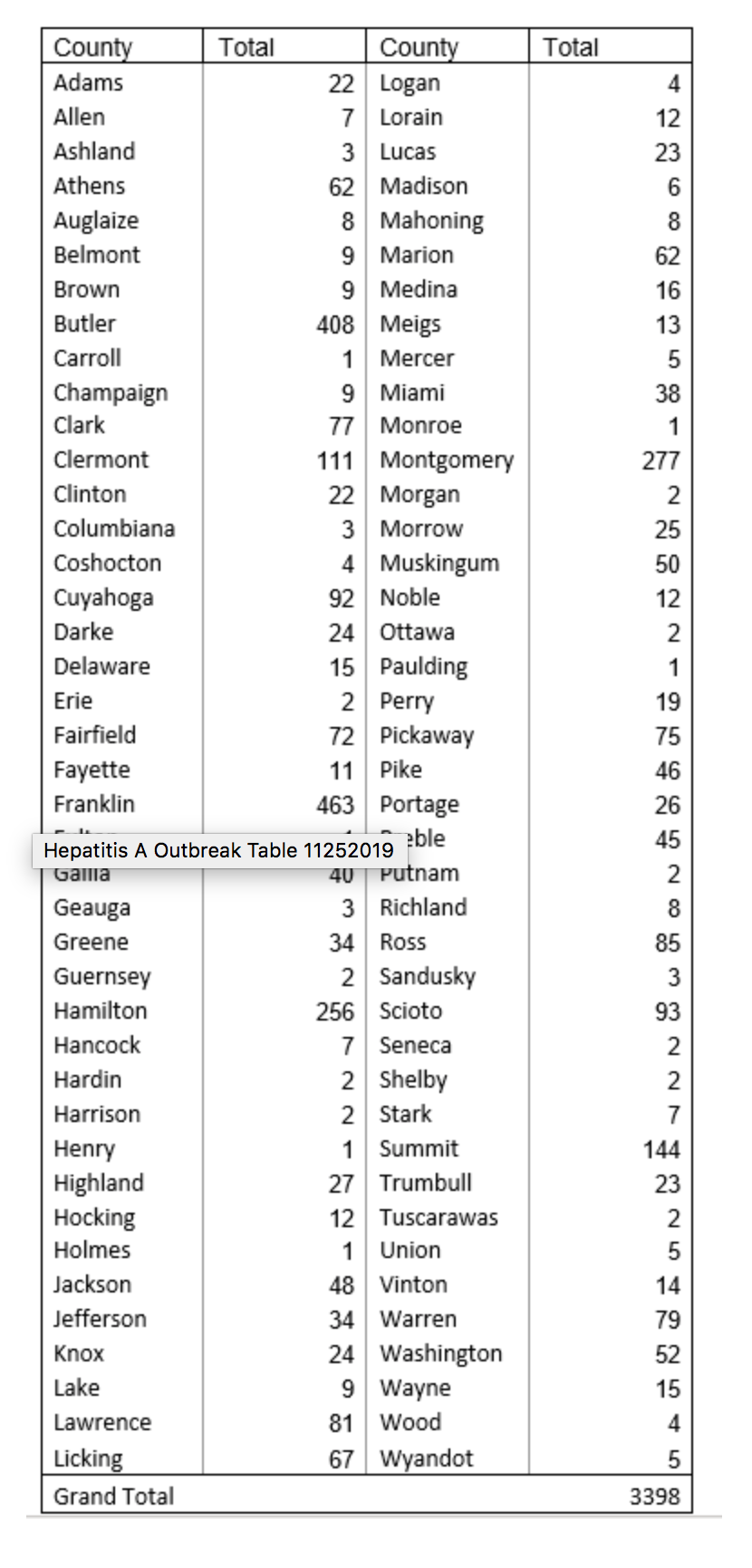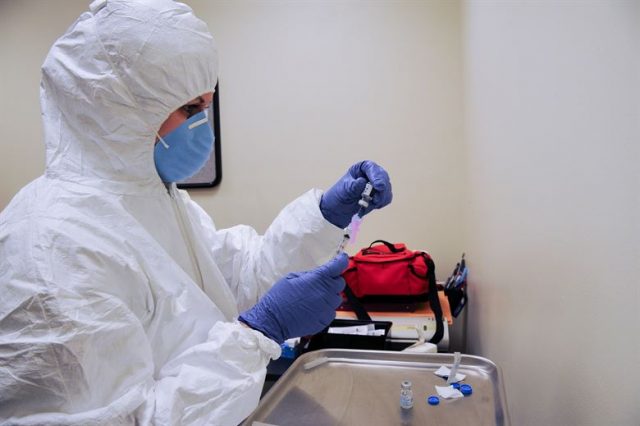Ohio – The Ohio Department of Health (ODH) declared a statewide community outbreak in June 2018 after observing an increase in hepatitis A cases. Hepatitis A is a vaccine-preventable liver disease that usually spreads when a person ingests fecal matter – even in microscopic amounts – from contact with objects, food or drinks contaminated by the stool of an infected person. Hepatitis A can also be spread from close personal contact with an infected person, such as through sex. The statewide community outbreak is spread through person-to-person contact.
In May of 2019 the Centers for Disease Control and Prevention (CDC) provided updated case information resulting in a increase in those numbers in Ohio.
The high-risk populations for hepatitis A in this outbreak include:
People who use drugs (injection or non-injection)
People experiencing unstable housing or homelessness
People who are currently or were recently incarcerated
Men who have sex with men (MSM)
People with chronic liver disease, including cirrhosis, hepatitis B, or hepatitis C
Symptoms of hepatitis A include fatigue, low appetite, stomach pain, nausea, clay-colored stools and jaundice. People with hepatitis A can experience mild illness lasting a few weeks to severe illness lasting several months.
People who believe that they are at high risk for hepatitis A infection should contact their healthcare provider or local health department for information about vaccination. People who know that they have been exposed to someone with hepatitis A should contact their healthcare provider or local health department to discuss post-exposure vaccination options. Individuals who experience symptoms of hepatitis A should contact their healthcare provider. Click here to find a local health department in Ohio.
OutBreak Case Statistics puts Southern Ohio with the highest Outbreak numbers in the State, Southern Counties with the highest numbers, with a total of 3398 cases in Ohio.












